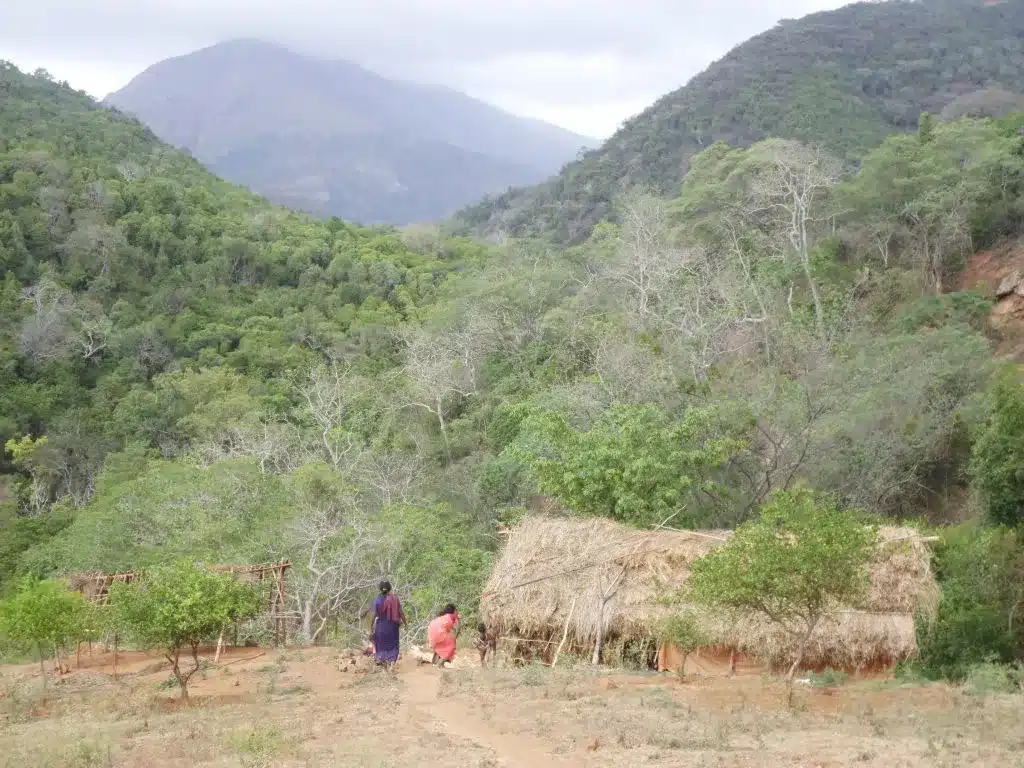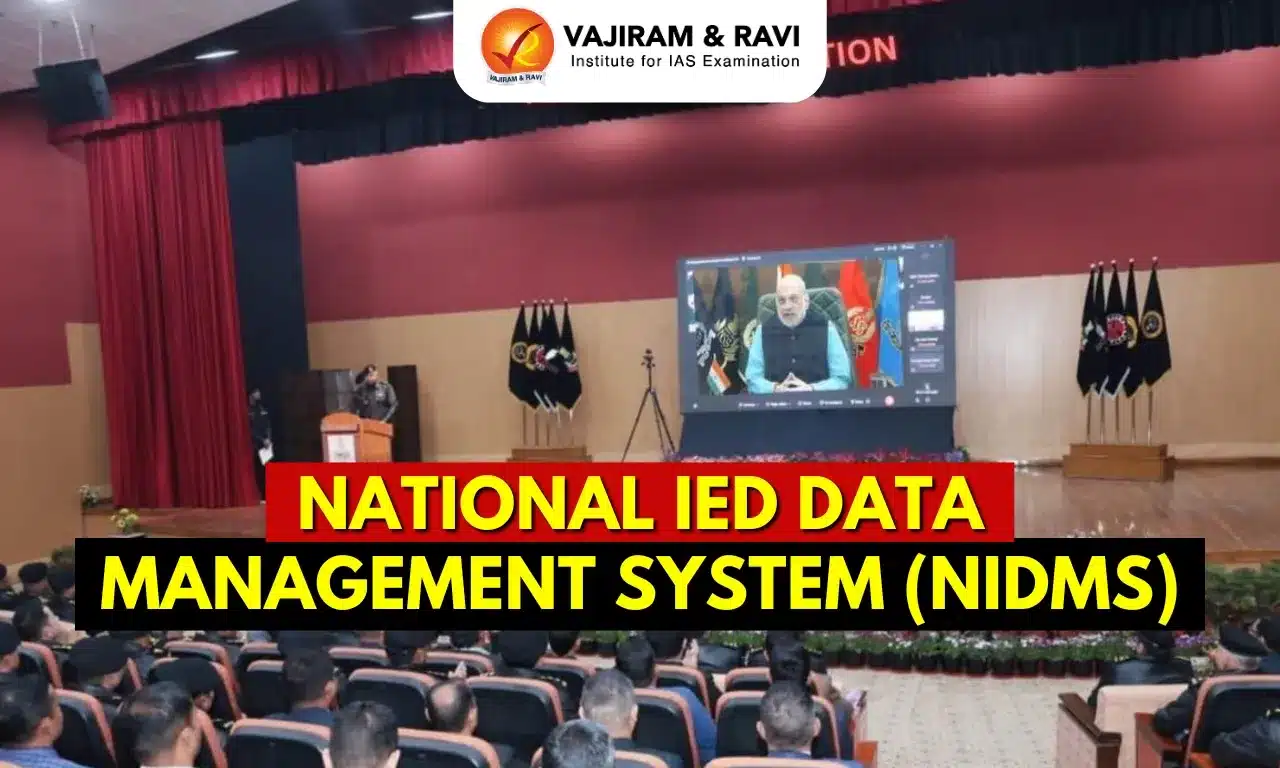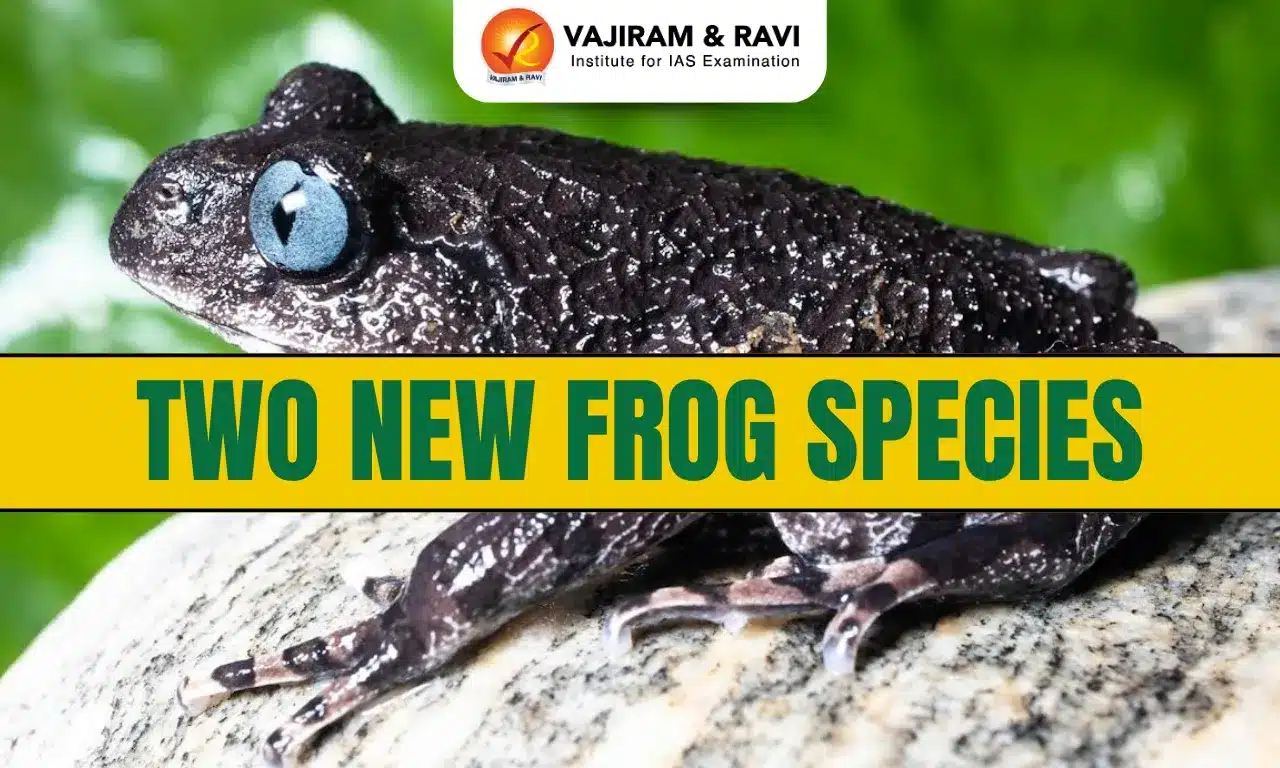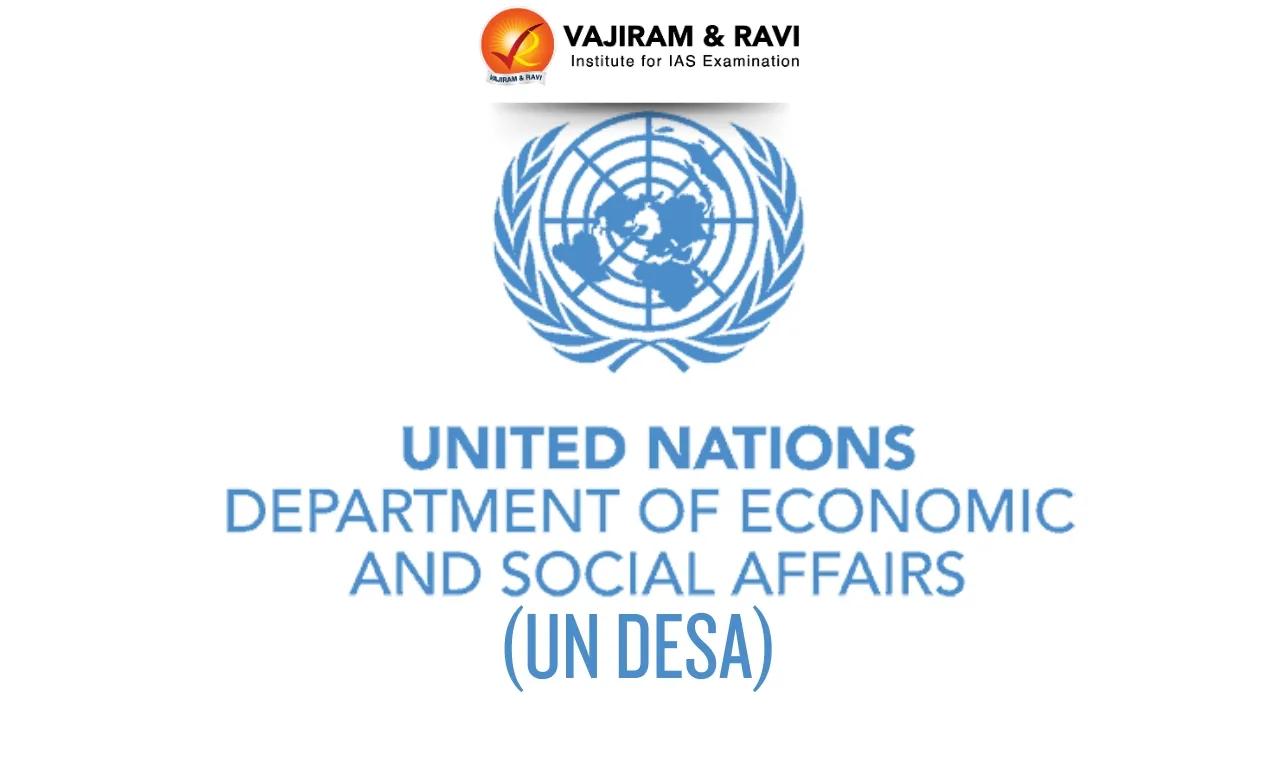About Kadar Tribe:
- The Kadars are an indigenous community residing primarily in the southern parts of India.
- They are predominantly found in the forests of Kerala and Tamil Nadu.
- The Kadar tribe is classified as a particularly vulnerable tribal group (PVTG) by the Government of India.
- Their name, “Kadar,” is derived from the word “kaadu,” which means forest in Tamil and Malayalam, reflecting their deep connection with the forest environment.
- Language: They speak a Dravidian language known as Kadar or Kadars, which is influenced by Tamil and Malayalam.
- Occupation:
- They are traditionally a nomadic group, known for their hunter-gatherer lifestyle.
- They have a profound knowledge of the forest and its resources, relying on gathering honey, fruits, tubers, and medicinal plants for their sustenance.
- Hunting, though less prevalent today, was also a significant part of their livelihood.
- In recent years, some Kadars have taken up small-scale agriculture and wage labor, but they continue to depend heavily on forest produce for their livelihood.
- They are known for their traditional medicinal knowledge, particularly in the use of herbs and plants for healing.
- Kadar have a symbiotic relationship with nature, and they believe in the coexistence of Kadar and Kaadu (forest).
- The Kadar have traditional protocols to ensure the sustainable use of forest resources.
- Every practice of resource collection—be it honey, firewood, resin, or herbs—is designed to allow time for regeneration.
- The Kadar community follows a simple social structure, typically organized around extended families.
- They live in small settlements called “hamlets” or “oorus,” usually comprising a few huts made of bamboo, leaves, and other forest materials.
- Their population was estimated at approximately 2,000 individuals in the early 21st century.
- They worship jungle spirits and their own kindly creator couple, as well as local forms of the Hindu deities.\
Q1: What is a Particularly Vulnerable Tribal Group (PVTG)?
PVTGs are a more vulnerable group among tribal groups in India. These groups have primitive traits, geographical isolation, low literacy, zero to negative population growth rate and backwardness. Moreover, they are largely dependent on hunting for food and a pre-agriculture level of technology. Currently, there are 2.8 million PVTGs belonging to 75 tribes across 22,544 villages in 220 districts across 18 states and Union Territories in India.
News: A tribal community takes charge against invasive alien species
Last updated on January, 2026
→ Check out the latest UPSC Syllabus 2026 here.
→ Join Vajiram & Ravi’s Interview Guidance Programme for expert help to crack your final UPSC stage.
→ UPSC Mains Result 2025 is now out.
→ UPSC Notification 2026 is scheduled to be released on January 14, 2026.
→ UPSC Calendar 2026 has been released.
→ UPSC Prelims 2026 will be conducted on 24th May, 2026 & UPSC Mains 2026 will be conducted on 21st August 2026.
→ The UPSC Selection Process is of 3 stages-Prelims, Mains and Interview.
→ Prepare effectively with Vajiram & Ravi’s UPSC Prelims Test Series 2026 featuring full-length mock tests, detailed solutions, and performance analysis.
→ Enroll in Vajiram & Ravi’s UPSC Mains Test Series 2026 for structured answer writing practice, expert evaluation, and exam-oriented feedback.
→ Join Vajiram & Ravi’s Best UPSC Mentorship Program for personalized guidance, strategy planning, and one-to-one support from experienced mentors.
→ UPSC Result 2024 is released with latest UPSC Marksheet 2024. Check Now!
→ UPSC Toppers List 2024 is released now. Shakti Dubey is UPSC AIR 1 2024 Topper.
→ Also check Best UPSC Coaching in India

















